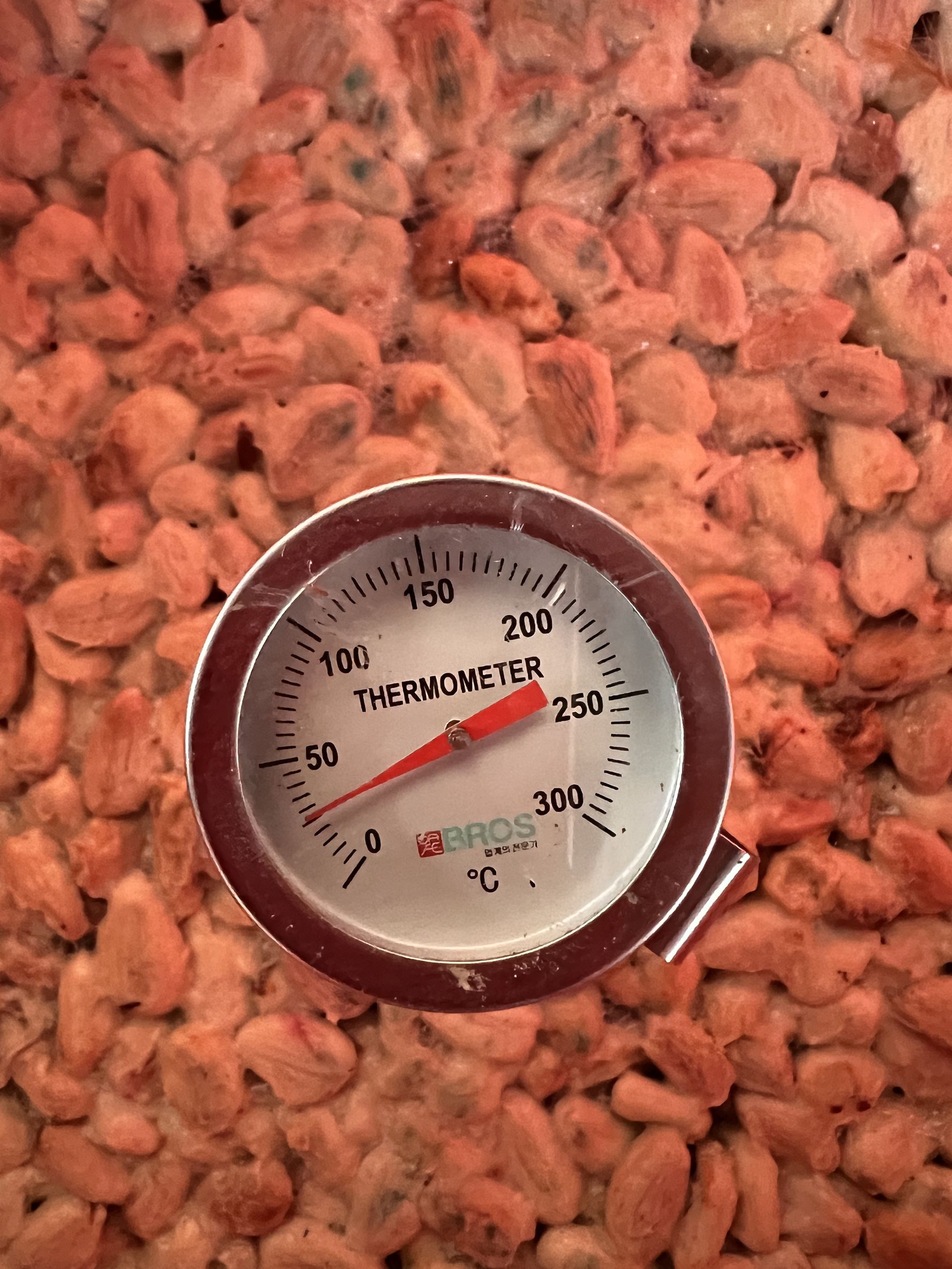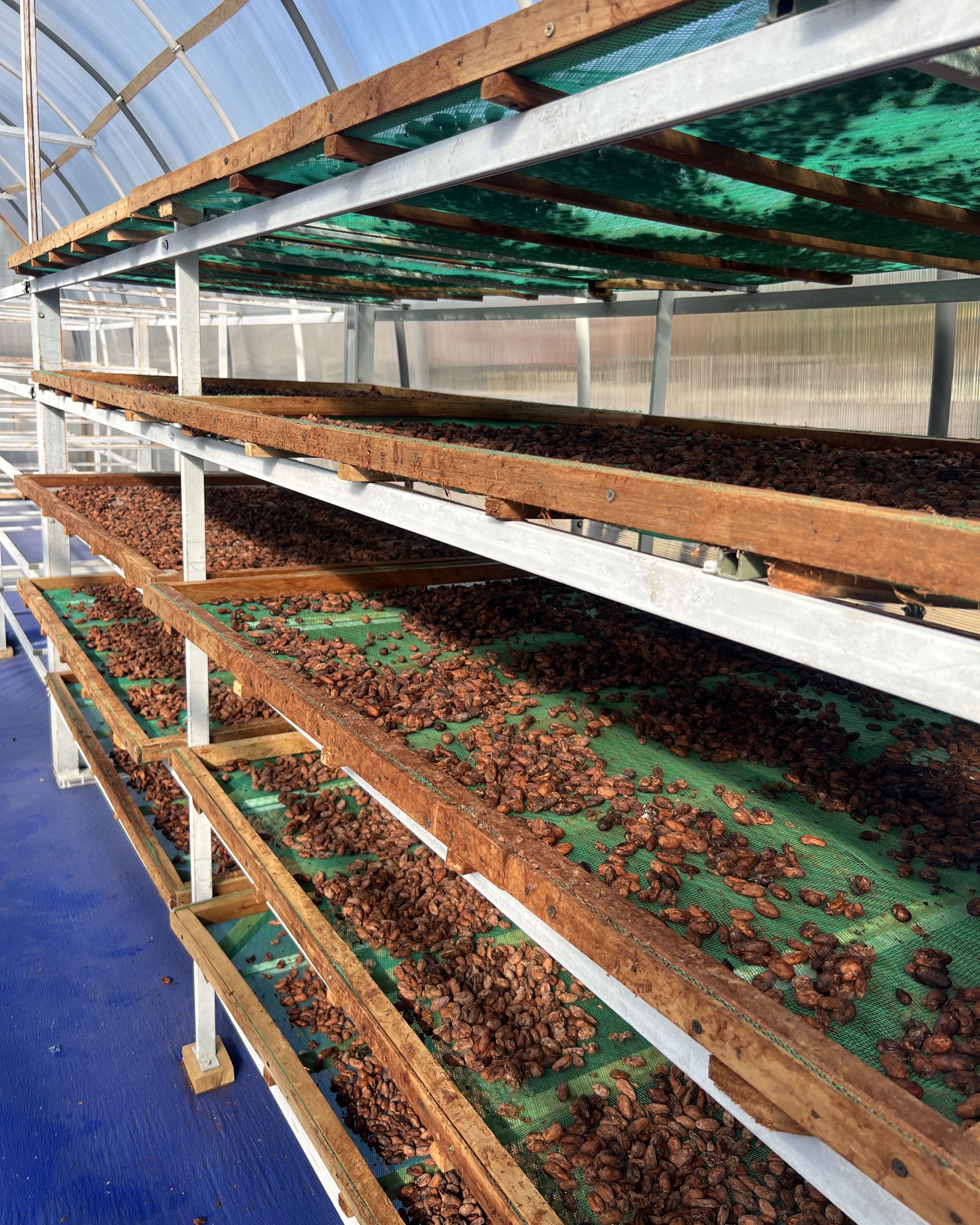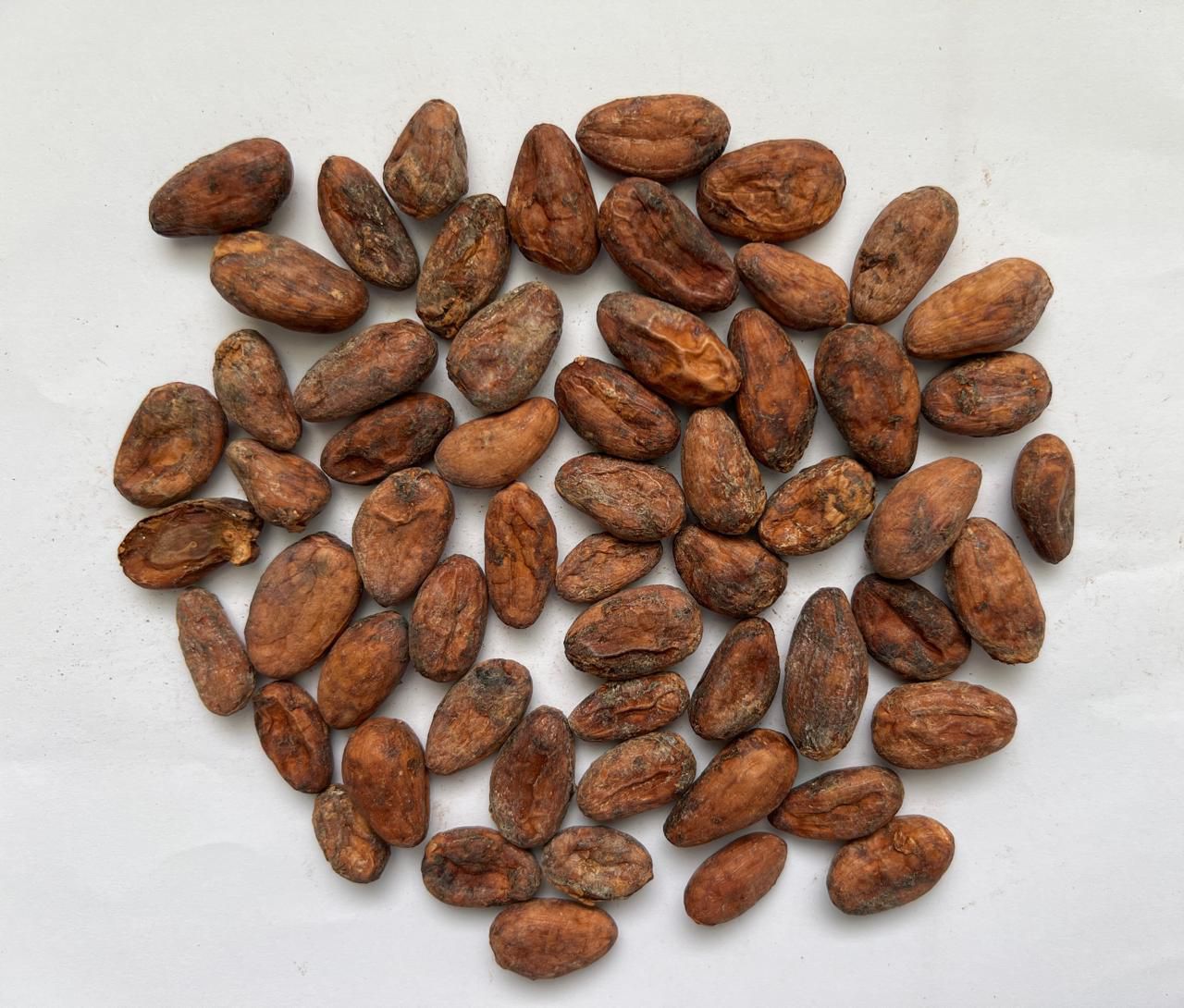The Journey of Our Delicious Cacao Nibs: Harvest Time with Mr. Fransiskus
At Origine, we believe in transparency and quality, which is why we’re excited to take you behind the scenes of our cacao harvesting process! Join us as we explore the meticulous steps that bring our delectable cacao nibs to life.
Handpicking Ripe Cacao Pods
Harvesting cacao is not just a job; it's a labor of love. Our skilled farmers, including Mr. Fransiskus, handpick ripe cacao pods with precision using machetes or knives. This careful selection ensures that only the finest cacao pods are chosen.
- Choosing the Right Time: Cacao pods are usually harvested during the dry season when they reach full maturity. The vibrant color of the pods indicates ripeness, which is crucial for quality flavor.
- Skill and Precision: Each farmer is trained to identify the perfect pods, ensuring minimal damage to the tree and surrounding fruit. This attention to detail helps maintain the health of our cacao trees for future harvests.

Opening the Pods: A Sweet Surprise Inside
Once harvested, the real magic begins. We split open the cacao pods to reveal the precious cacao beans nestled inside, surrounded by sweet, creamy pulp.
- The Splitting Process: Using a sharp tool, we carefully split open the pods, avoiding damage to the beans within. This process is vital for preserving the integrity of the beans.
- The Role of Pulp: The pulp not only protects the beans but also contributes to the fermentation process, imparting unique flavors that enhance the final product.

Fermentation: Developing Rich, Complex Flavors
The fermentation process is crucial for flavor development. We place the beans and surrounding pulp in shallow containers or wrap them in banana leaves for several days.
- Fermentation Duration: Typically lasting from 5 to 7 days, this period allows natural yeasts and bacteria to break down the sugars in the pulp.
- Flavor Transformation: During fermentation, the beans undergo chemical changes that develop their rich, complex flavors. This step is essential for producing high-quality chocolate, as it greatly influences the taste profile.

Sun-Drying: Enhancing Flavors
After fermentation, we take the next step in our process: drying. The cacao beans are spread out under the sun for about a week.
- Moisture Reduction: This drying phase reduces moisture content to around 7%, which is necessary to prevent mold and spoilage during storage.
- Flavor Enhancement: Sun-drying not only preserves the beans but also enhances their flavor profile, allowing the natural notes to shine through.

Sorting & Bagging: Preparing for the Next Journey
Once dried, our organic, single-origin Sulawesi cacao beans are carefully sorted to ensure quality.
- Quality Control: We meticulously inspect each batch, removing any damaged or inferior beans. This process ensures that only the best beans make it to our production line.
- Bagging for Freshness: The sorted beans are then bagged in breathable materials that maintain freshness while allowing for proper air circulation during transport to our facility.
By sharing our journey with you, we hope to foster a deeper appreciation for the rich flavors and hard work that go into your favorite chocolate products. As you savor our cacao nibs, remember that each nib carries a story of passion, tradition, and sustainability. Don’t forget to check the other articles for more updates on our products and processes!